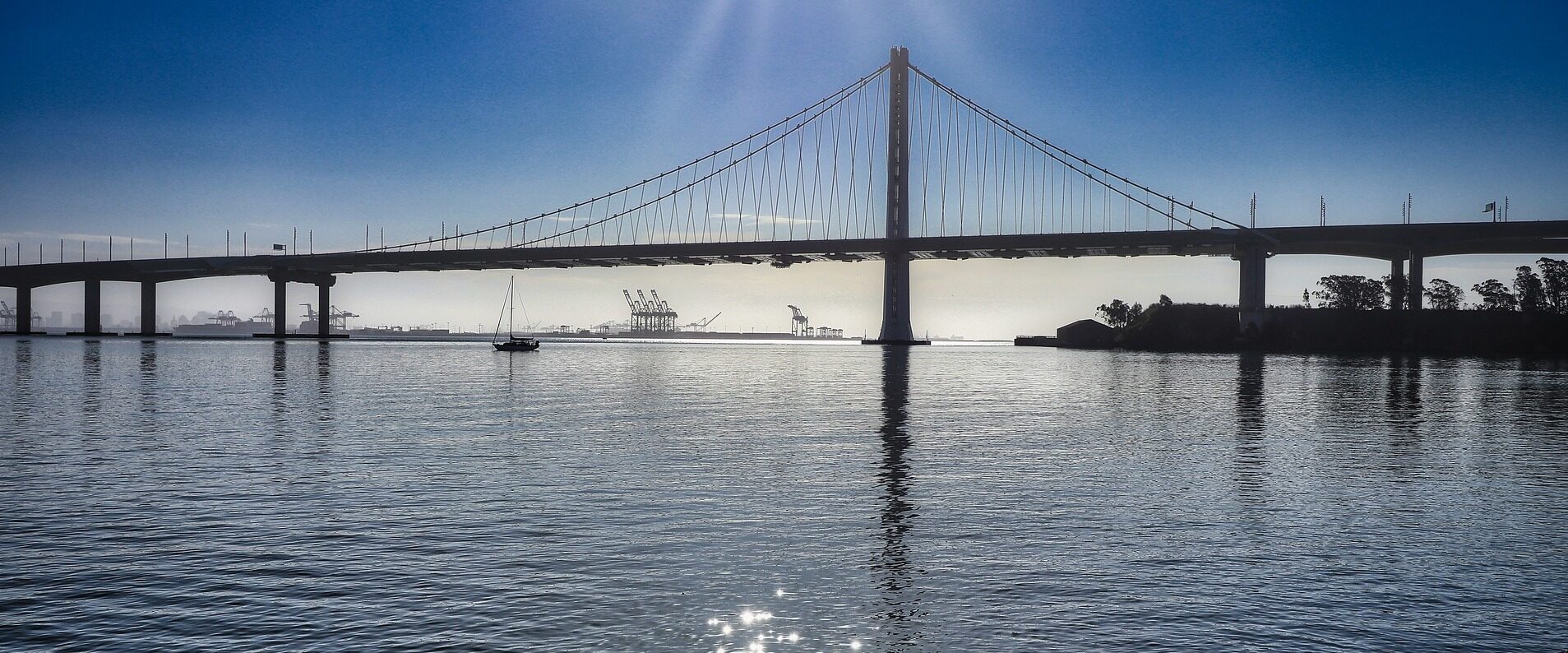
- The United States invested 50 billion to ask China to build a bridge, and China's infrastructure has undertaken an impossible task
The world famous bridge, the Oakland Bay Bridge from San Francisco, was built in 1936. The bridge consists of two parts, east and west, connecting Oakland and San Francisco. The bridge was designed with two levels, the upper level was designed as a passage for cars, and the lower level was terminated after the "Key System" transport company ceased operations, and soon after it became a dedicated road for cars. After reinforcement and maintenance, it has been running stably for more than 50 years. Finally, on October 17, 1989, the East Bridge collapsed due to a magnitude 6.9 earthquake in San Francisco, killing one person. In order to prevent the bridge from collapsing in the next earthquake, the West Bridge needs to be reinforced. However, there are about 300,000 vehicles passing through the bridge deck every day, and it is impossible to completely close the bridge deck and fully repair it. Therefore, the government requested that the bridge be repaired while it can continue to open to traffic.

At that time people supported the bridge deck with temporary piers to support and reinforce the original material. In addition, the riveted grid was replaced by bolted steel plates, and box-shaped inclined beams were installed on both sides of the upper and lower decks of the West Bridge. After a month of repair, it still fails. So the authorities decided to build a new bridge nearby. After a period of intense bidding, Zhenhua Heavy Industry from China took on the heavy burden. What are the difficulties in the process of repairing the bridge? Some clues can be seen from the former Auckland Bay Bridge. A bridge between Oakland and San Francisco was proposed as early as 1872. It wasn't until February 1931 that California passed Congressional approval, and it was completed in 1936. The main reason is that the San Francisco Bay is too wide and deep, and traversing such a long sea was a very difficult task, both before and now.
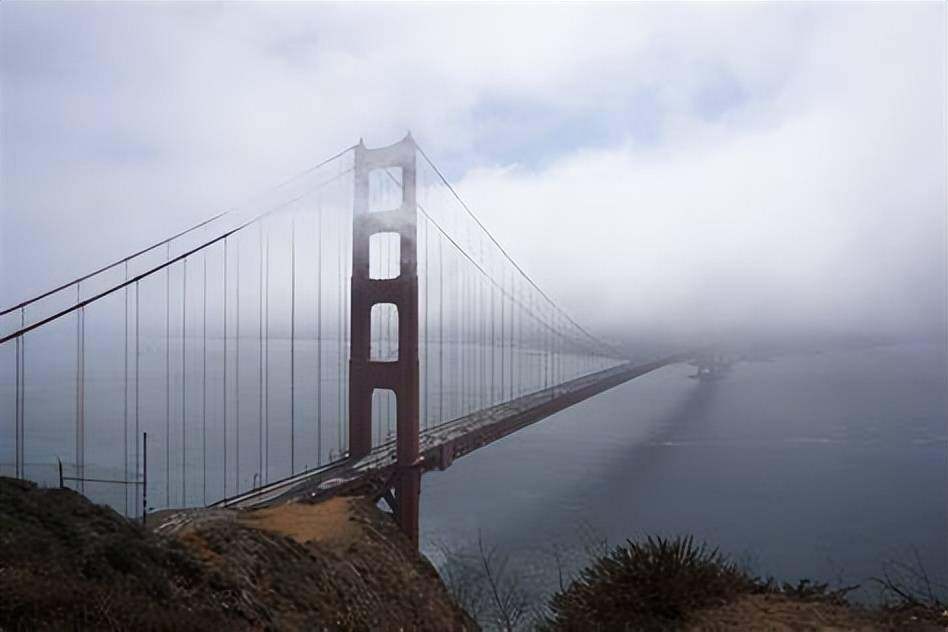
The idea of building an undersea tunnel was considered at the time, but the proposal was rejected as it was unsuitable for vehicular traffic. However, with the increase of population and the popularization of transportation, the call for the construction of the Bay Bridge is getting louder. As a last resort, the US military base Caofang Island was used as the site for the bridge. Because the bridge is too long, the design of the full bridge is not always kept on the water, but is built with a design that combines the bridge deck and the undersea tunnel. It is conceivable how many difficulties were encountered in the construction of this bridge. There are many difficulties in bridge construction today. In addition to its large offshore span, the bridge deck is also subject to frequent earthquakes because it spans the Hayward Fault Line and the San Andreas Plate. Therefore, the U.S. government requires the bridge to remain intact and open to traffic after the strong earthquake.

In addition, the daily traffic flow is not the same as before. Nowadays, the traffic flow of the bridge reaches about 300,000 vehicles per day, which tests the bearing capacity and stability of the bridge, and also puts forward high requirements for its safety. In addition, according to the contract, all structures of the bridge should be manufactured by Shanghai Zhenhua Industry. Before July 2011, Zhenhua Industry not only transported all the building materials to the destination, but also assembled the parts into blocks. A fine of $350,000 for one day over the contract period is extremely expensive. There are also many difficulties in construction technology. For such a long bridge, the basic structure has only four pentagonal steel columns, the thickness of the steel plate reaches 10cm, and the length reaches 50m. The preheating and heat preservation of the welded steel plate has become a major technical difficulty, and how to prevent the deformation and cracking of the welded steel plate is also a construction problem.
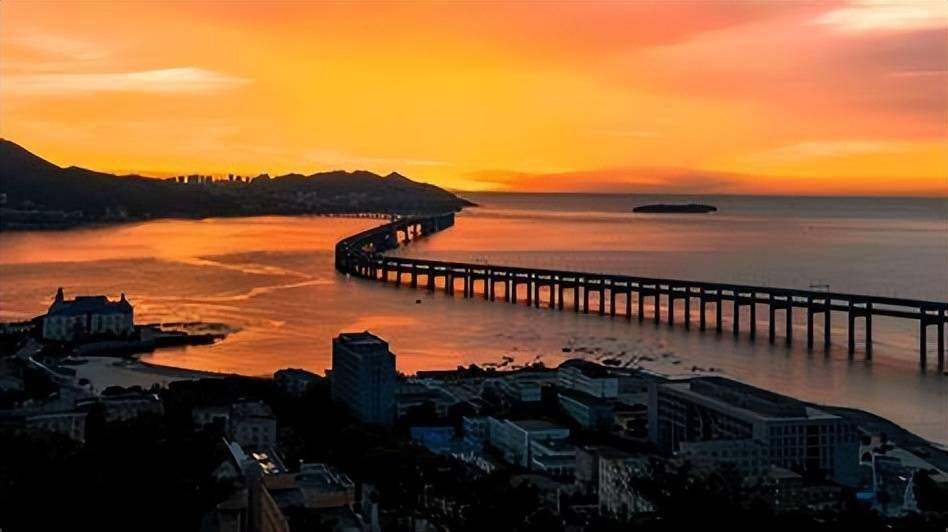
Fortunately, Zhenhua Industrial is strong. As a major country in infrastructure construction, Zhenhua Industry has strong construction capabilities and extremely high design wisdom. There are more than 1,000 welders certified by the United States, and they can fully undertake the heavy task of building bridges. It was a sunny afternoon on September 2, 2013. The San Francisco Bay Bridge was officially opened to traffic, and the opening ceremony was held. The construction of the bridge has finally come to a perfect end. Under the sky, the bridge connects the two cities across the sea in an elegant arc, and the Statue of Liberty behind them complements each other. After five years, Zhenhua Industrial has handed over a full score report card. The bridge is like a beautiful milestone that has left a deep impression on China's construction industry.
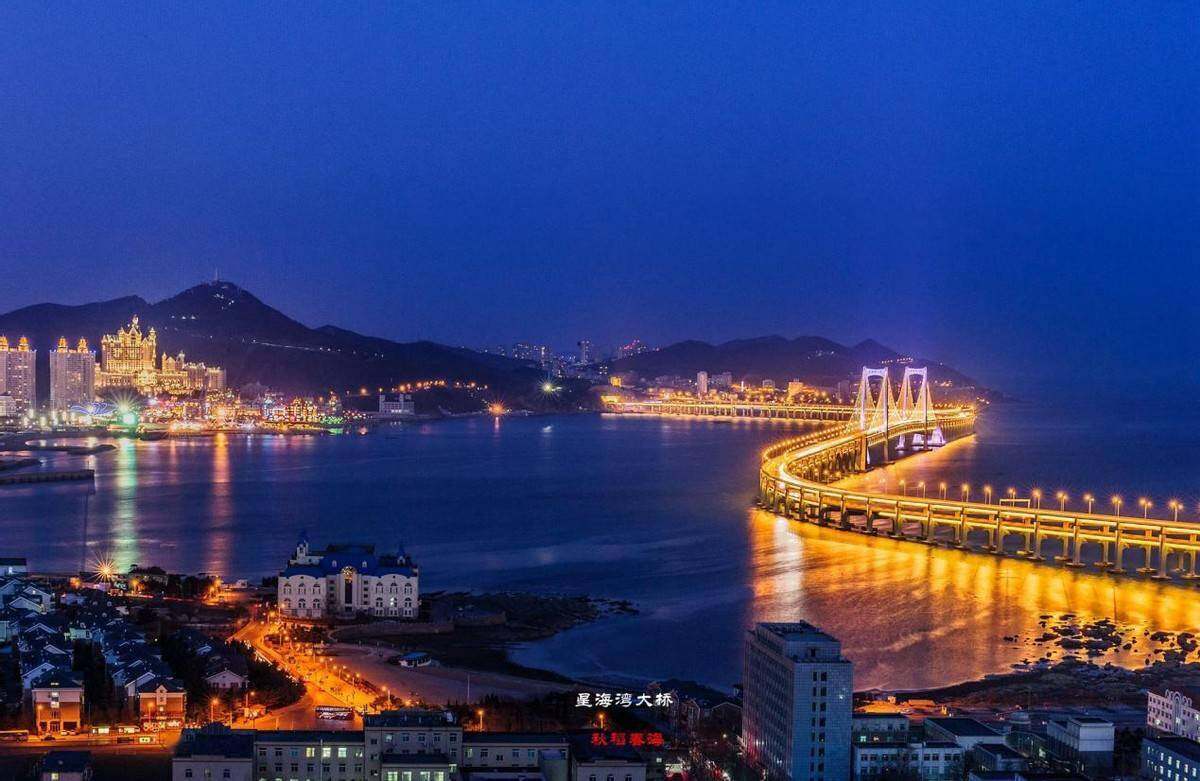
On July 5, 2017, the G20 Global Infrastructure Center released the latest "Global Infrastructure Outlook", which summarizes the infrastructure prefix demand data of 50 countries around the world and roads, electricity, railways, telecommunications, ports, and airports. The report predicts that in 2040, the global infrastructure project investment demand will reach 97 trillion US dollars, while China's infrastructure investment will reach about 26 trillion US dollars. According to the report, under the current situation, the investment is far from enough to meet the demand for clean water and electricity. This is not only a problem for developing countries that desperately need infrastructure, but also a challenge for developed countries in retrofitting aging infrastructure.
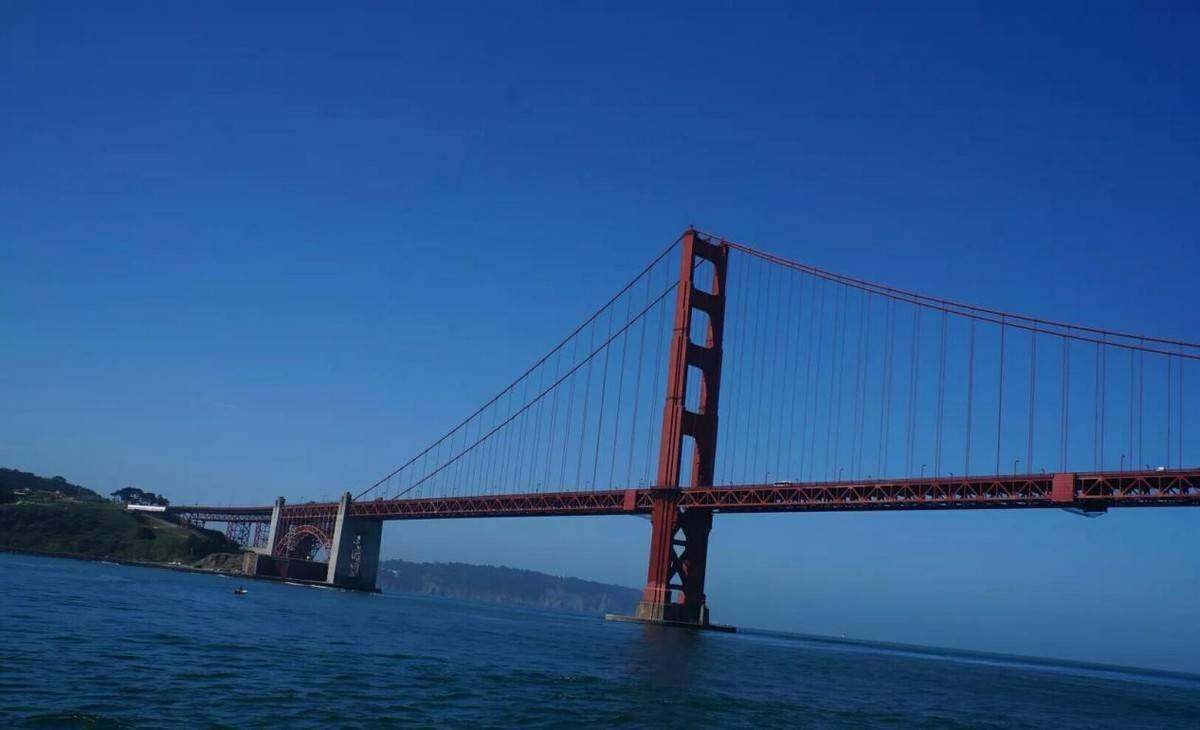
This is both an opportunity and a challenge. As an infrastructure powerhouse known as an "infrastructure fanatic", China has a huge demand for infrastructure, with a total demand of US$28 trillion, accounting for more than 30% of the global infrastructure investment demand. Such massive infrastructure demands have honed great technology. In a documentary "Super Project", the superb technology of China's infrastructure is shown: for example, the stunning Xinghaiwan Bridge in Dalian, Beipanjiang Bridge in Guizhou and Siduhe Bridge in Hubei. Majestic bridges span oceans, or mountains and rivers. This is the case in China, and it is natural to build such a sea-crossing bridge abroad.
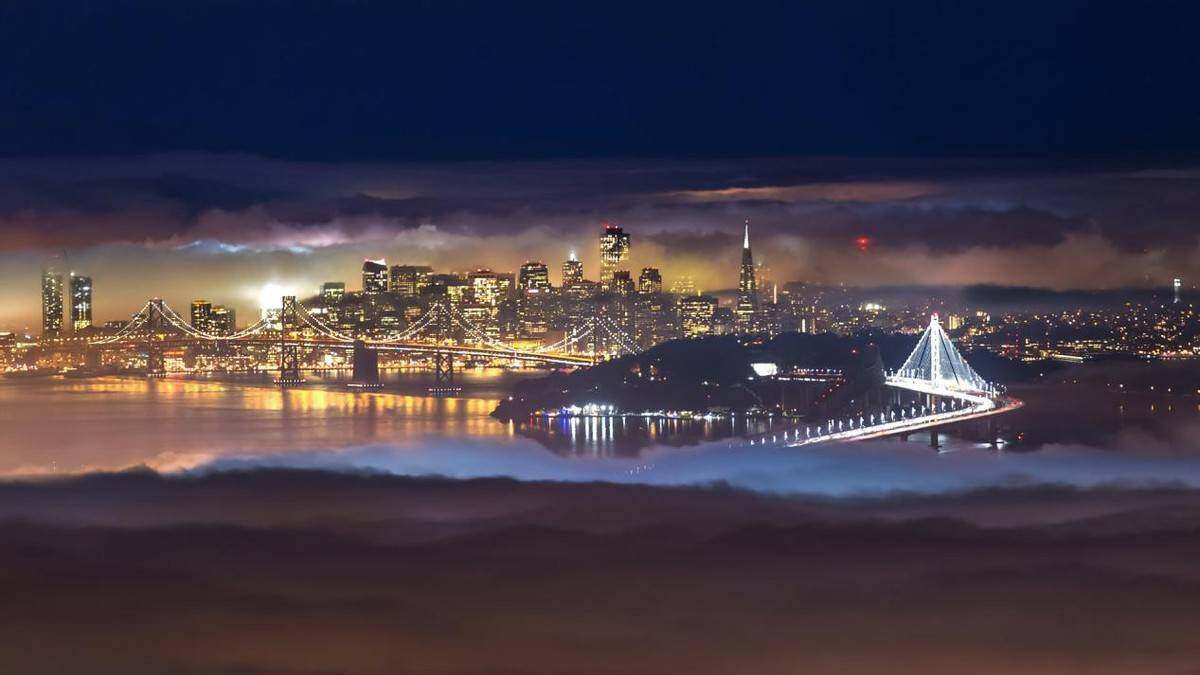
But since the outbreak of the new crown, China's infrastructure is facing other risks and challenges. Although it has extremely high technology, due to China's overcapacity problem. China's infrastructure industry has set its sights on overseas markets. So there is a scene of China's infrastructure "showing muscles" to the United States. Due to the spread and impact of the new crown pneumonia epidemic, the global economy is facing major changes. In recent years, some Chinese scholars have analyzed that traditional infrastructure is close to saturation. The "new infrastructure" should be widely implemented. Of course, some scholars believe that it is necessary to avoid repeated investment in traditional infrastructure and strengthen investment in new infrastructure. It is a misunderstanding that traditional infrastructure is saturated. Traditional infrastructure and emerging infrastructure should go hand in hand and develop together.
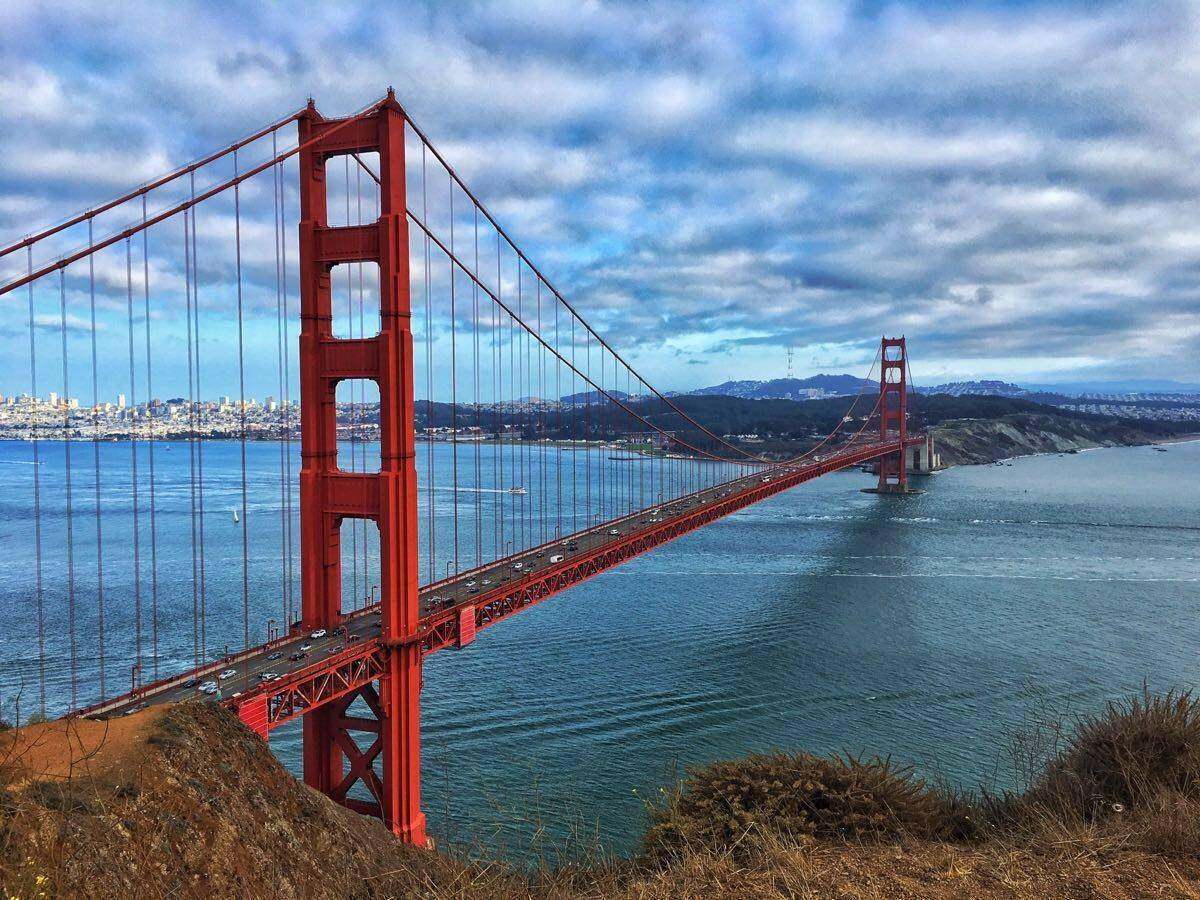
Faced with such a dilemma, how will China's infrastructure industry develop? This is an open question. It is hoped that just like this sea-crossing bridge has experienced many difficulties, China's traditional infrastructure industry can break through and find a new land for itself, or break through the predicament and usher in Nirvana. After all, we "infrastructure fanatics" haven't shown enough.Editor/XuNing
Comment
 Praise
Praise
 Collect
Collect
 Comment
Comment
 Search
Search


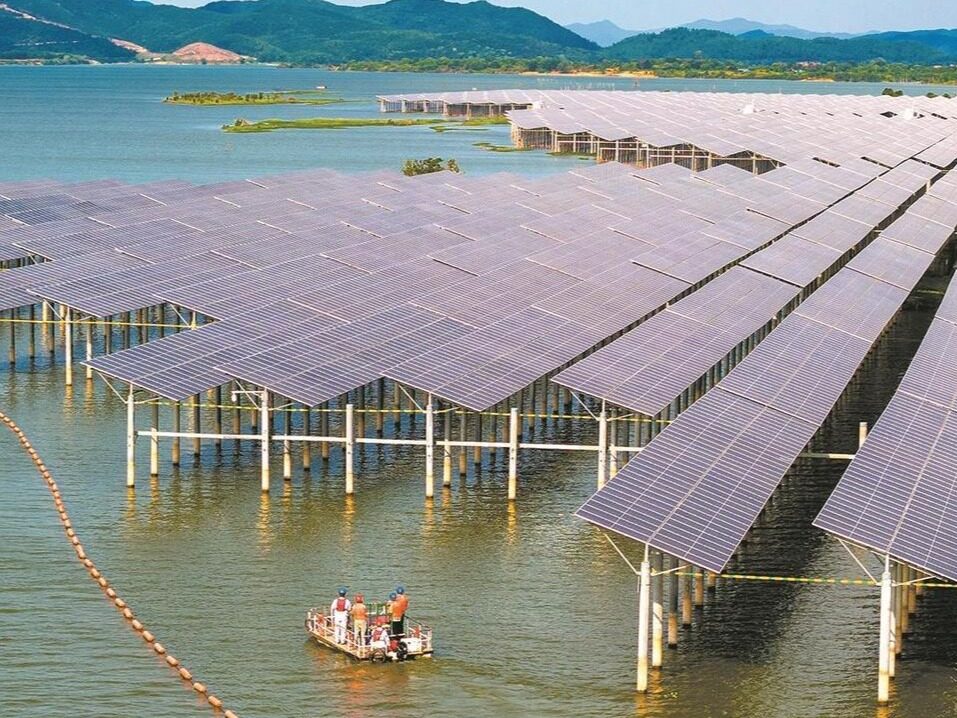
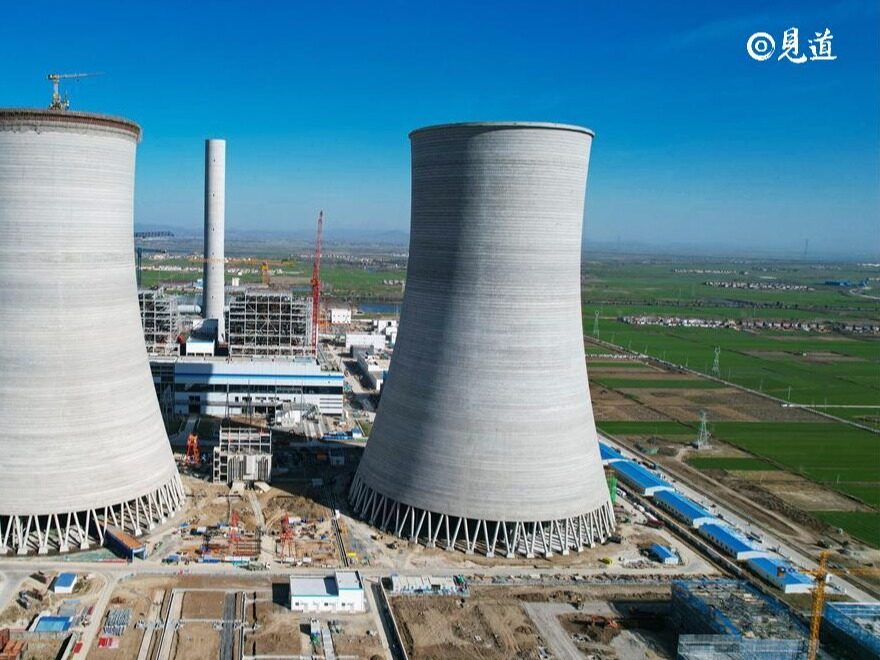
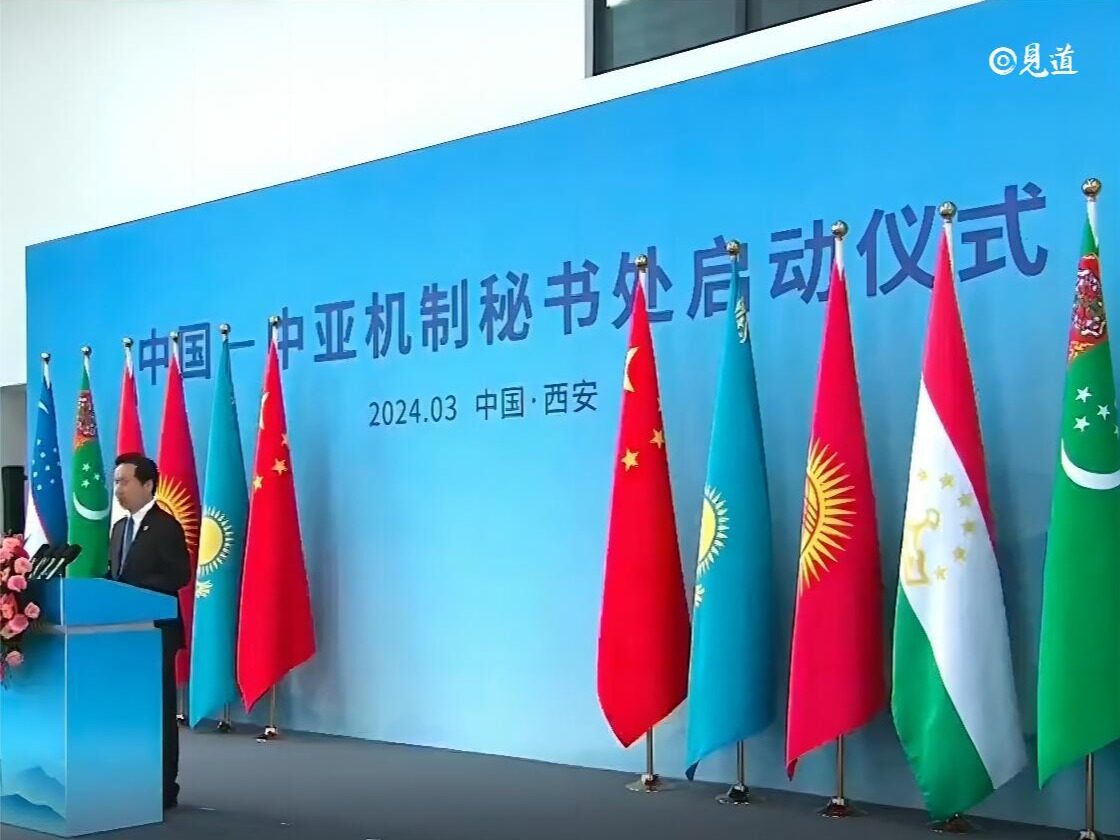
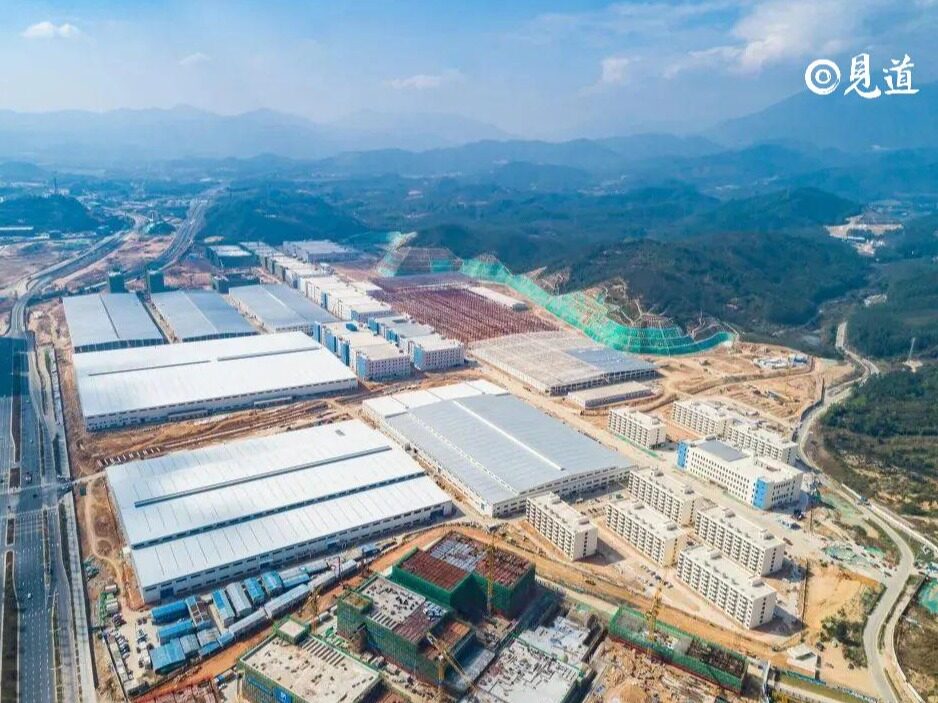

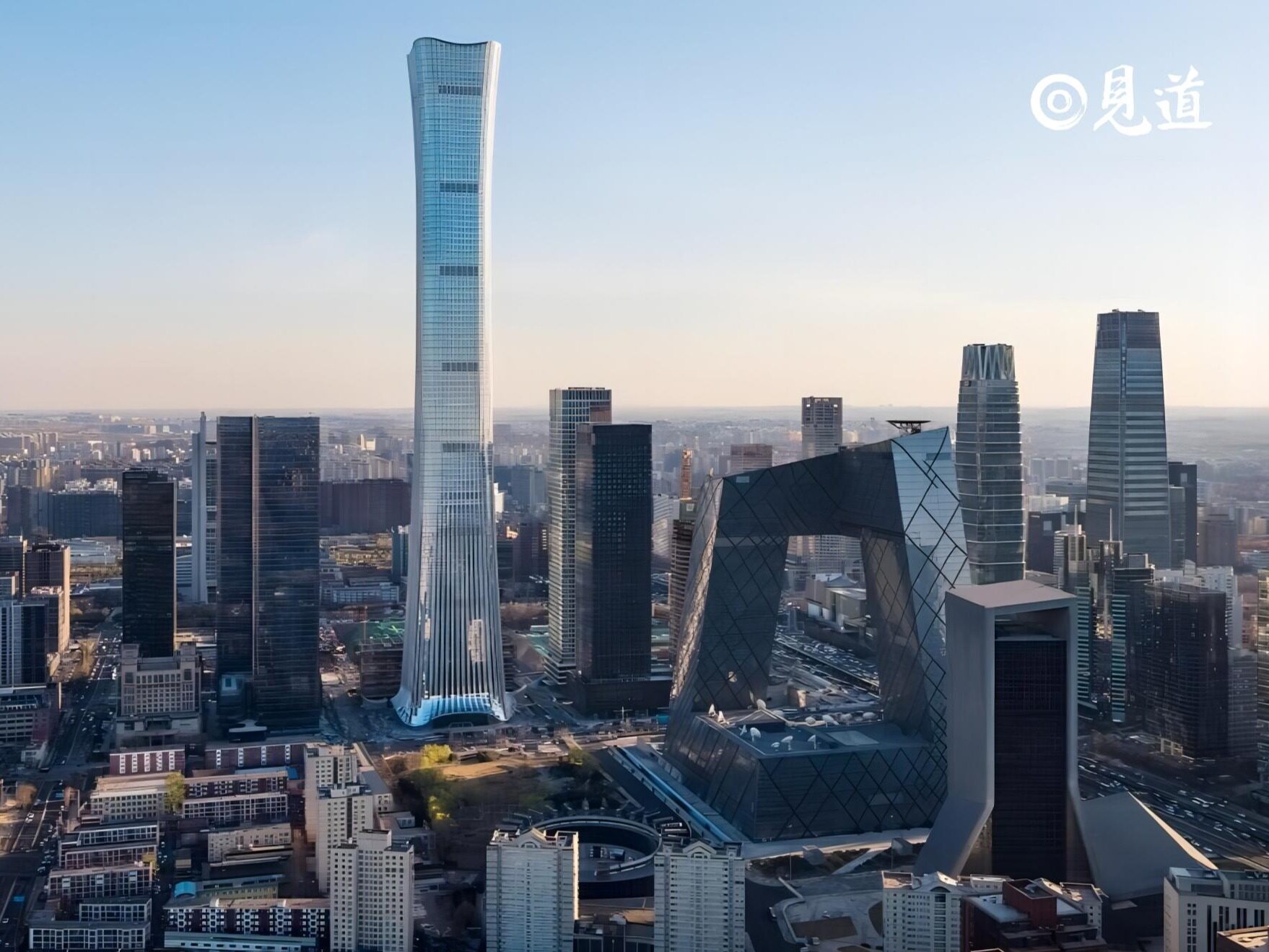






Write something~